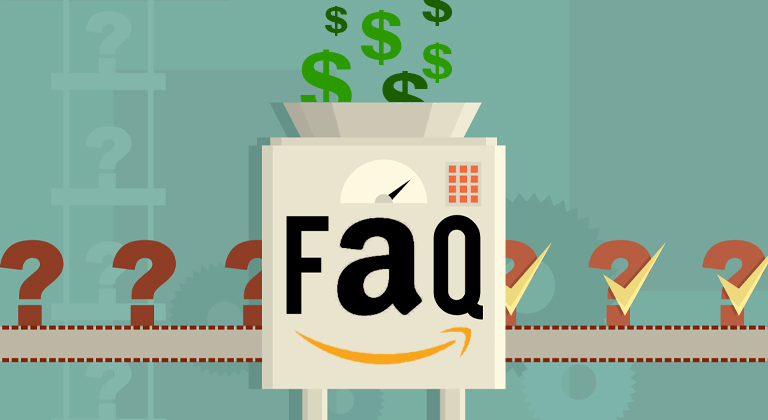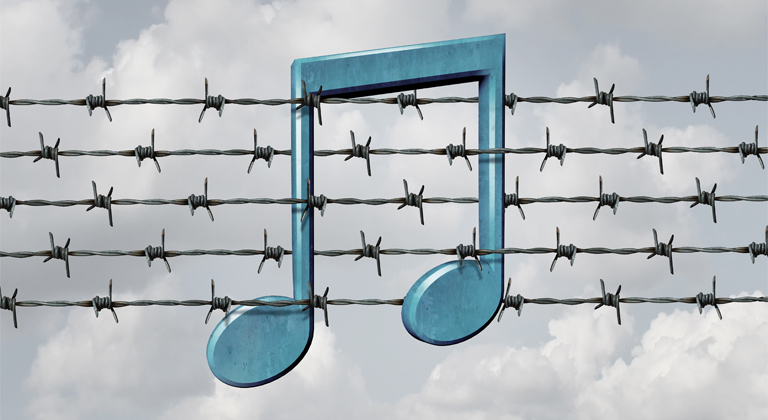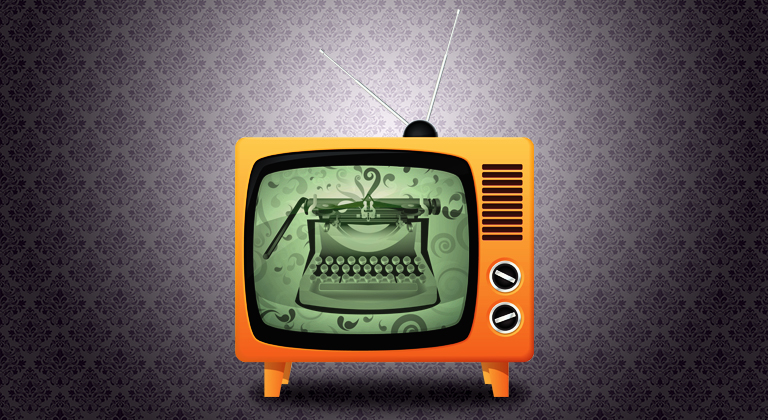From the Mailbox: Amazon Advertising Questions
Our Friday blogs aim at helping self-published authors by covering broad topics to do with writing, marketing, and advertising their books. Sometimes authors send us questions via email as well, and one of the most asked about topics is Amazon ads. So this week we’ve rounded up some of the most commonly asked Amazon advertising questions that we’ve recently received, and Ginger has put together some answers that will be useful to many of you.
Question #1
I’ve followed all your advice about generating keywords and setting your bid – but my ads aren’t getting any impressions! What am I doing wrong?
Advertising is elegant in its simplicity. Normally, there are only three variables you need to worry about, and impressions is one of them.
Impressions refers to the number of people who see your ad – and when it comes to Advertising on Amazon, if you’re not getting a ton of impressions, it’s normally down to either your bid, or your keywords.
Amazon holds an auction to show your ad in search results, so if you set a super-low bid, you might find that you don’t get much opportunity for your book to be seen. However, setting too high a bid might result in a lot of costly clicks, which could hurt your profit margin or even send you into the red. It’s a very difficult thing to balance.
However, even a bid of $0.25 or less should deliver a decent number of impressions – so if you’ve got a bid at around that level, the issue is probably targeting. Targeting refers to the keywords you use to let Amazon know you want to bid on their search results, and normally utilizes book titles, author names, or ASINs and ISBNs.
Here’s where the problem might lie:
- You have too few keywords. Keywords only serve to show your ads if people are actually searching for those terms, so even the most frequently-searched terms will only ever provide a certain number of impressions per day. That’s why it’s really important to have a decent number of keywords as you find out which ones work for your books. If you’ve got less than 1,000 keywords running, the number of impressions you’re going to get is always going to be low, so the answer is to simply add more keywords. Create a new Ad Group in your existing campaign and search the best-seller charts and your Also-Boughts for some good new sources of relevant keywords.
- You have your Match set to Exact. Amazon will serve up your ads based on three formulas. Exact means your keywords have to exactly match what people type into the search bar, and as a writer you must know how difficult it is to get anything consistently right. Try changing your Match type to Phrase or Broad – or both! Many authors argue about the benefits of one over the other, but they’ll all agree that either delivers more impressions than Exact.
- Your keywords aren’t relevant. For authors just starting out, it’s often a crapshoot whether or not your initial keywords will work. The authors you might think are good matches for your readers could end up being the opposite, so even if you have thousands of keywords, they might not be helping you ‘find your tribe‘ in all the book listings. Spend some time looking at which keywords delivered clicks or higher impressions and then use THEM as a starting point to generate more keywords based on their Also Boughts.
Question #2
I’m about to publish my first book. Where do I even begin looking for relevant keywords to advertise it?
For authors who’ve been in this game a while, the best place to find relevant keywords is their own Also Bought section. It’s a people-who-bought-this-also-bought-this algorithm which means you’re able to identify proven similarities between readers by looking at your book and pulling author names, book titles, and ASINs with demonstrated relevance. Amazon does the hard work for you.
But if you’re just starting out, you’re also starting from scratch in terms of your Also Bought section – so where do you even begin?
Well, here are a few ideas:
- Authors and Books that inspired you. Chances are, one book or author sparked your passion to write, and there’s a good chance a lot of what made their books special to you ended up being reflected in your own work. Therefore, the lowest hanging keyword fruit is to go directly to the product pages of those authors and use their own book titles, ASINs, ISBNs, and series titles as keywords.
- Use comparable Also Boughts. While you’re on the product pages of your favorite author’s books, scroll down to the Also Bought section and pull keywords from the books Amazon has connected and served up. Just like your favorite author probably influenced your own unique style of writing, there are probably resonant elements in the writing of the authors included in the Also Bought section of your favorite books, too – and many of those authors will be less popular than the original author, giving you the opportunity to get impressions with a lower bid.
- Don’t just check best-sellers – check their Also Boughts. If you have any desire to be successful, you’ll spend a lot of time researching the best-sellers in your chosen category – identifying any patterns that they seem to have in common. This is also a great source of keyword ideas for new authors – but perhaps more valuable are the Also Boughts for these best-sellers, which tend to serve up a greater number of less-competitive author names, book titles, and series titles than you’d get from the Top 100 alone.
Another suggestion is to run your book in KDP Select for 90 days so you can take advantage of the 5-day Free Promo they allow Kindle Unlimited authors to use. If you give your book away for five days and promote it through newsletter promotions, you’ll end up giving away hundreds (or hopefully thousands) of free copies and every single one will help fill out your own Also Bought section.
That’s because Amazon doesn’t differentiate between books people paid for and that people gave away for free – so by giving all these copies away, you’re flooding Amazon with information about which authors and books are comparable to yours, and providing yourself with a ton of new avenues to travel down on your search for effective keywords.
Question #3
If I bid too low, I don’t get any impressions. If I bid too high, I spend more than I get back in royalties. How do I figure out my ideal bid?
Amazon’s advertising system is basically like playing endless hands of blackjack with dozens of other players. You have to place a bid to have your ad shown, gambling that if anybody clicks on it, they might end up buying your book. Striking the right balance might seem too difficult to figure out – but just like there are rules at a Casino each dealer has to follow (if their hand totals less than 16, they hit. If it’s 17 or higher, they stand) there is a very simple rule to calculate your most effective bid.
The bad news is that you might have to lose a little money to figure it out, though!
If you run a campaign with a competitive bid for a little while – say, $0.50 – you’ll start to generate clicks. Hopefully some of those clicks will translate into sales. The key to figuring out your ideal bid is to compare those two numbers.
For my books, to give you an example, I’ll average one sale for every 12 clicks. With a retail price of $3.99, I’m generating roughly $3 in revenue for each sale, so I simply divide that by the number of clicks it averages to make a sale and I know how much I can safely bid without losing money: $0.25.
That’s not a very high bid! But it’s also not ridiculously low, either – so I know I’ll get some impressions even with such a low bid. Just as a casino knows standing on 17 or higher will average out at the blackjack tables, I can relatively safely predict that I won’t lose any money with a bid of $0.25 and at that point my challenge becomes one of scaling my ads to maximize the number of clicks I get (and that’s a different challenge.)
For authors with long series, you can start to factor in how many readers will continue on to different books in your series and use that information to raise your bid. Likewise, you can start optimizing your ads by checking out your product page and tweaking it to improve your conversion rate. If you can hone your average click-to-sale rate from 12 to just 10, that enables you to bump up your bid from $0.25 to $0.30 – that’s nearly 20% higher!
The one advantage Advertising on Amazon provides over any other marketing platform is this conversion information. On Facebook or BookBub, you’re relying on a ‘best guess’ scenario, whereas Amazon tells you straight up how much money your advertising converts to. Don’t ignore this! The conversion rate especially is the most valuable piece of information you can get if you want to advertise successfully.
Ask the experts!
If you have a question for the Hidden Gems advertising or self-publishing experts, let us know! And if you want some more direct and specific help, don’t forget that we offer 1-to-1 consult calls that can really help supercharge the performance of your book or ad budget!.












1 Comments